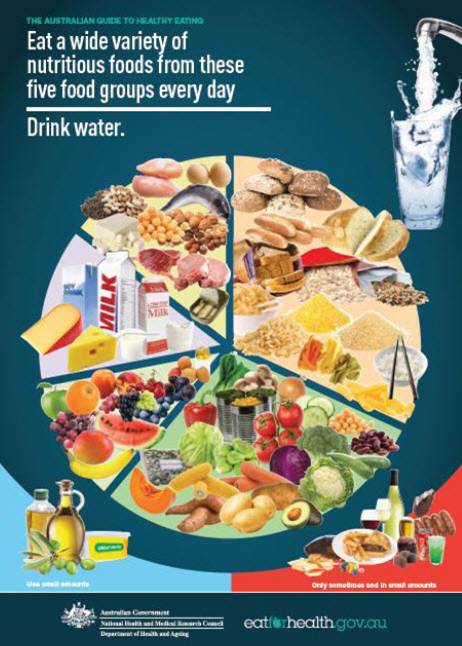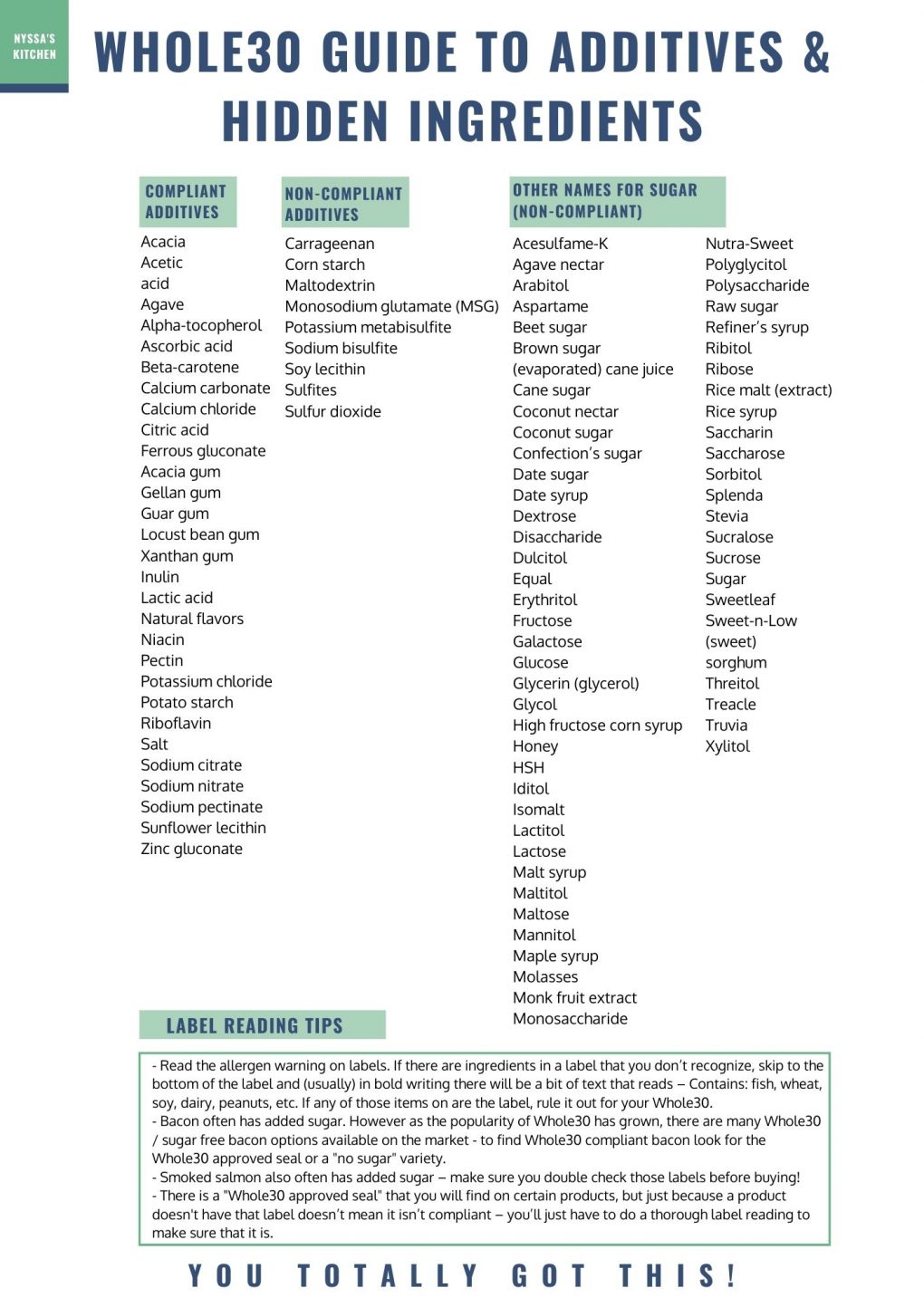45 food labels with additives
Food Label Misconceptions - Food Ingredient Facts The truth of the matter is that food labels, including those with long lists of scientific names, are clean and safe themselves; and to get rid of these naturally-occurring, supportive ingredients and additives only serves to reduce taste, convenience, shelf-life, and overall food efficiency. EWG's Dirty Dozen Guide to Food Additives | Environmental ... Read food labels to identify aluminum-based additives and consider alternatives. Use EWG's Food Scores to find foods without aluminum additives. The Bottom Line. Food additives are often hallmarks of highly processed, unhealthy foods. Avoiding them can help improve your diet in many ways, but shopping and eating smarter isn't enough.
Food Additives and Compounds - Nutrition.gov Consumer Info About Additives & Ingredients. HHS, Food and Drug Administration, Center for Food Safety and Applied Nutrition. Find information from the Food and Drug Administration ( FDA) on benzene, color additives, fat substitutes, food irradiation, preservatives, sweeteners, sulfites, and more.

Food labels with additives
Additive labelling - Healthy Food Guide Food additives normally come under a 'class' which is a category that indicates what the food additive does. Examples of classes include preservatives, sweeteners, colours and flavour enhancers. Food additives are also assigned international code numbers - these are the numbers that we see on food labels. Food Additives: Definition, Uses, Examples, Types ... Types of Food Additives. The different types of food additives used in food are: Flavors and sweeteners. Antioxidants. Preservatives. Food colors (dyes) Fat emulsifiers and stabilizing agent. Flour improvers antistaling agents and bleaches. Nutritional supplements such as vitamins, minerals, and amino acids. Food labels: What are additives and E-numbers? - AngeNoy.com Additives can be natural or artificial in origin, and can be listed with either an e-number or a name, such as Sweetener (Aspartame), or Sweetener (E951). What are E-numbers? E-numbers are reference code numbers given to different chemicals that have undergone safety tests and been approved for use as food additives throughout the European Union.
Food labels with additives. Food additives - Food label requirements - Canadian Food ... Food additive preparations must include the following information on their labels: either a quantitative statement of the amount of each additive present, or directions for use which, if followed, will produce a food that does not contain additives above the maximum levels prescribed in the lists of permitted food additives Food additive labelling - Food Standards Most food additives must be listed by their class name followed by the name of the food additive or the food additive number, for example, Colour (Caramel I) or Colour (150a). Enzymes and most flavourings (or flavour) do not need to be named or identified by a food additive number and can be labelled by their class name only. Food Additive Status List | FDA Additives included are those specified in the regulations promulgated under the FD&C Act, under Sections 401 (Food Standards), and 409 (Food Additives). The Food Additives Status List includes... 22 Additives And Preservatives To Avoid | FOOD MATTERS® Regardless, it takes some time to understand which foods are being affected by additives and preservatives, and a commitment to reading labels. Ultimately, understanding additives and preservatives is important because it can affect your health. Often additives and preservatives are disguised on the labels.
Additives in food products - EU labelling rules - Your Europe In an ingredient list, most food additives and food enzymes must be preceded by the name of the category to which they belong (examples: antioxidant, emulsifier, preservative). List of all additives - annex 2 part B of the EU regulation on food additives Classes of food additives - annex 1 of the EU regulation on food additives 12 Common Food Additives — Should You Avoid Them? Chicken, beef, fish, pork, legumes, nuts, eggs and tempeh are just a few delicious high-protein foods that you can add to your diet in place of processed meats. Summary Sodium nitrite is a common... PDF Food Additive Code Numbers (numerical order) Food Additive Code Numbers (numerical order) 1 Prescribed Name Code No. Curcumin or turmeric 100 Riboflavin 101 Riboflavin 5'-phosphate sodium 101 Tartrazine 102 Alkanet or Alkannin 103 Quinoline yellow 104 Sunset yellow FCF 110 Cochineal or carmines or carminic acid 120 Azorubine or Carmoisine 122 ... How To Read Food Labels? | Alive | iTHRIVE Many packaged foods contain food additives. Food additives are substances added to the food to preserve them or to enhance taste, flavor, and appearance. But these additives are harmful to our health in several ways. One such additive is Carrageenan: it is a sea vegetable, high in iodine, sulfur, trace minerals, and vitamins.
Labeling Foods Containing Color Additives - LabelCalc The American public is reading food labels now more than ever, and color additives, in particular, have come under a lot of scrutiny, thanks to studies and anecdotes linking certain color additives to hyperactivity in children and allergic reactions. The FDA considers such information inconclusive and says that more scientific research is ... Food Label Translation: What Are The Additives BHA & BHT ... Lately, reading food labels can make you feel like you need a short refresher course in chemistry. With all these unknown additives and strange sounding names, it can be quite intimidating if you're trying to eat a decent diet. Don't Be Fooled by Food Labels - WebMD A food can say "made with whole grain" or "rich in whole grain" even if whole grains aren't one of the main ingredients. It could have lots of refined grains, too, and just a sprinkling of whole ... Understanding Food Labels - Food Ingredient Facts Food labels are required to list all ingredients contained in the food in descending order based on the amount found in the final product. Most food additives are therefore found toward the end of the ingredient list. This indicates they are used in very small amounts in the food, generally less than two percent of the product.
Read Your Labels: The "Top Ten" Additives to Avoid: A Recap These "excitoxins" can be found in soups, broth, flavoring additives, chips, dips, soup mixes, ramen noodles, frozen meals, snack mixes, canned fish, and a wide variety of other dishes - including "natural," "vegetarian," and organic ones. Why you should avoid them:
Food additives - British Nutrition Foundation Food labels give information about most additives present in the ingredients list, so that consumers can make informed choices. For more information on additives currently allowed in foods and their E numbers see the Food Standards Agency's website .
foodlabels Ingredients at 2% or Less and Incidental Additives Food labelers are aware that FDA regulations require that every ingredient be listed by common name in order of predominance in the final product. There are, however, circumstances that allow flexibility in this general requirement.
Food Additives Examples, Types & List | What are Food ... Food additives, such as ascorbic acid and other preservatives, are added to fresh foods to prevent the growth of harmful bacteria and mold. Wax is a food additive used as a covering over the skin...
Food additives | Food Standards Agency The additives that you are most likely to come across on food labels are: antioxidants - these stop food becoming rancid or changing colour by reducing the chance of fats combining with oxygen...
Food Labels Lab.pdf - FOOD LABELS and ADDITIVES Key ... FOOD LABELS and ADDITIVES Key Questions 1. What does the Nutrition Facts Panel tell you about the food in the package? (cts-label) Since the Nutrition Facts Panel includes information about the serving size, carbs, protein, etc.This information lets you know whether a serving has an abundance of nutrients or not.
Food Additives Labeling: LabelCal - Online Nutrition Label ... By LabelCalc.com. Food Additives Labeling: FDA Guidelines and Resources. It's important to understand which resources to use when it comes to food additives labeling in order to safely include additives and coloring agents in your product. Image source: Flickr user Amy. Dealing with food additives can be tricky, to say the least.
Food additives - World Health Organization Substances that are added to food to maintain or improve the safety, freshness, taste, texture, or appearance of food are known as food additives. Some food additives have been in use for centuries for preservation - such as salt (in meats such as bacon or dried fish), sugar (in marmalade), or sulfur dioxide (in wine).





Post a Comment for "45 food labels with additives"